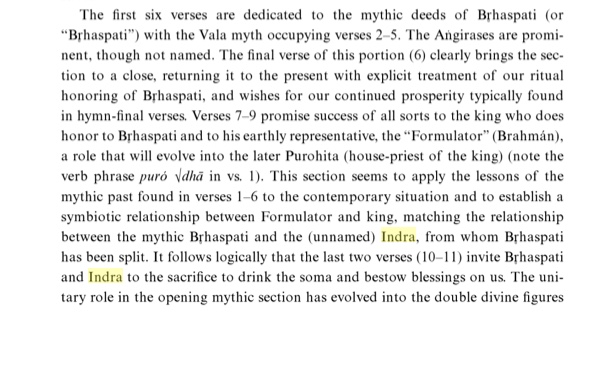The reason Brahmā became part of Buddhism its because the sort of Brahmins that focus on that made the whole sasana focus how to preach to them. Later when Brahmā became a sort of creator. In Majjhima Nikaya actually say the attitude of a Buddhist. But they make into story which is to show that Buddha knows everything. These stories intention was always to show Buddha as highest being. But in the stories you sense how Buddhist thought in that time. So we have things like this.
“Before your time, bhikkhu, there were recluses and brahmins in the world who condemned earth and were disgusted with earth,who condemned water and were disgusted with water, who condemned fire and were “disgusted with fire, who condemned air and were disgusted with air, who condemned beings and were disgusted with beings, who condemned gods and were disgusted with gods, who condemned Pajāpati and were disgusted with Pajāpati, who condemned Brahmā and were disgusted with Brahmā;”
From Brahmanimantanika Sutta
So nondelight in the whole world.
Notice Pajāpat is always mentioned. Some other places he is mentioned but not Brahmā. The thing is Veda cosmology is complicated because the Boss has always people under him that does his work for him.
I searched the supposed two oldest Upanishad not much was found to be like Buddhist teachings.
Here is only things I added in my notes and I searched fully. Gave a headache because it’s filled with nonsense.
The akasa which is inside a person is the akasa within the heart. The akasa which is within the heart is omnipresent and unchanging. He who knows this obtains full and unchanging prosperity.
This following is verse that was said in it. It saved someone from disease. It sound same to what Buddha recommended to the diseased layperson. But Said in another way.
O you disease! Why do you afflict me? I shall not die of this pain"
So exactly what Buddha was trying to say the body is suffering but don’t let the mind be infected. This probably of the Upanishad is a way to make the mind strong.
And nothing is mentioned as Brahmā making creation. It’s used in other sense.
I found this also
This (universe) was then undifferentiated. It differentiated only into name and form-it was called such and such, and was of such and such form. So to this day it is differentiated only into name and form-it is called such and such, and
is of such and such form.
Which is very close to the Buddhist genesis.
Because there was no male and female in Buddhist version.
I will post what is said about Brahmā in the two Upanishads and their names, which I can’t remember now. But you find in Wikipedia the two it says is oldest
But the above it to show that Brahmanic and Sramana/Brahmanic had two different thoughts. Each had their favorite gods. So actually what we read of the Brahmins coming to Buddha in forest in sutta Nipata is more like Sramana/Brahmin movement . But the ones that does the sacrifices and priests is probably not in the picture. I doubt they cared to visit Buddha. As they had their cheeks high.




